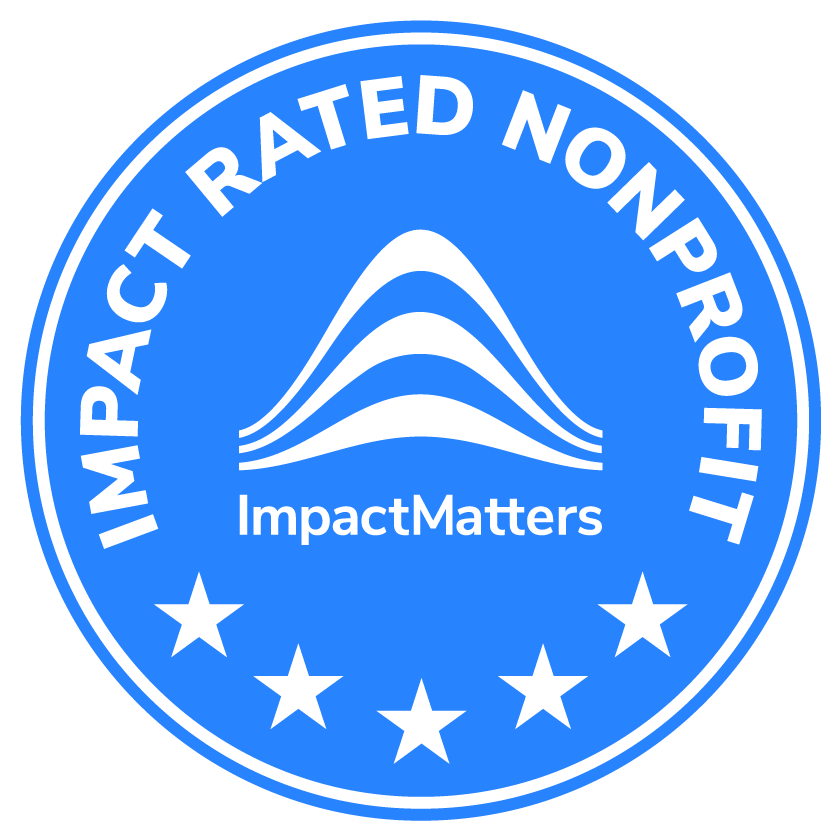Stanford Graduate School of Business “Does Impact Investing Really Have Impact?” (4 August 2014)
Jyotsna came across this YouTube video of a panel discussion on Impact Investing from the 2013 Social Innovation Summit at the Stanford Graduate School of Business. It led to a good debate around what the merit of impact investment really is, and whether or not it could become a mainstream asset class or another form of venture philanthropy.
Jyotsna also took pride in noting that Michael Smith from the White House Social Innovation Fund is exhorting exactly the type of evidence-based practice that Upaya holds central to its approach through continually measuring outcomes, refining models, and improving the business program to maximize benefit. He also warns of a trend he sees in investors who seek out innovation by “running after bright shiny objects and creating things people don’t need,” and instead is promoting efforts that are focused on measurably better, outsized positive effects for the public. We couldn’t agree more with this approach.
The Nand & Jeet Khemka Forum Podcast “Artha Initiative: Investing For Impact with Audrey Selian” (August 2014)
Sreejith sent around this great audio interview with Audrey Selian, Director of Rianta Capital’s Artha Challenge in which Audrey hits on some really interesting insights about impact investing. In particular, we felt her comments on sacrificing good investments in search of perfect investments were spot on. She also made some nice points on creating social value in areas where most infrastructure and services are non-existent. Definitely worth the read.
Stanford Social Innovation Review “Fundraising is Fundamental” (26 February 2014)
Laurel sent this piece around to the team in early August. She was struck by the way the authors touted the interesting correlation between forward thinking, innovative nonprofits and discomfort around fundraising.
“The organizations that have the most compelling logic models and the most impressive record of impact (as demonstrated by external impact evaluations) tend to be the worst at raising money—and vice versa ... At many bold and extraordinary nonprofits, people cease to be bold when the topic of fundraising comes up.”
The authors throw out a number of ideas for overcoming this "unfortunate inverse correlation." One strategy is approaching external actors as potential collaborators and passionate partners in the fight to end poverty, instead of as potential funders. This attitude can humanize all players and lead to deeper personal relationships. It also opens up an organization to support in a wider variety of forms - be it moral, in-kind, strategic or material. Of course, she noted that we at Upaya also accept snacks.



